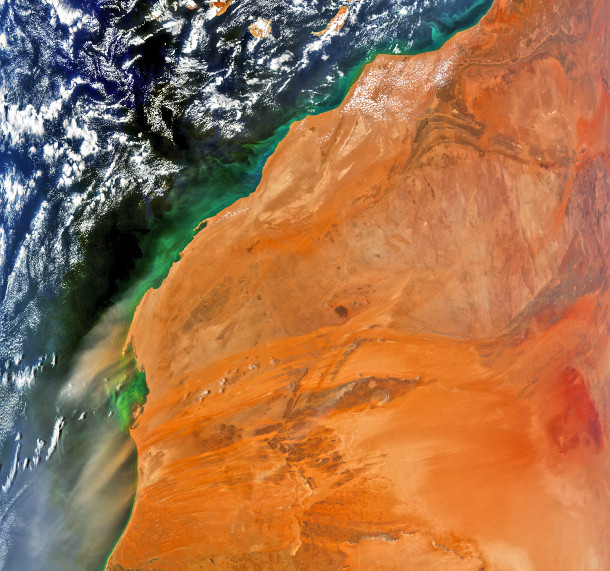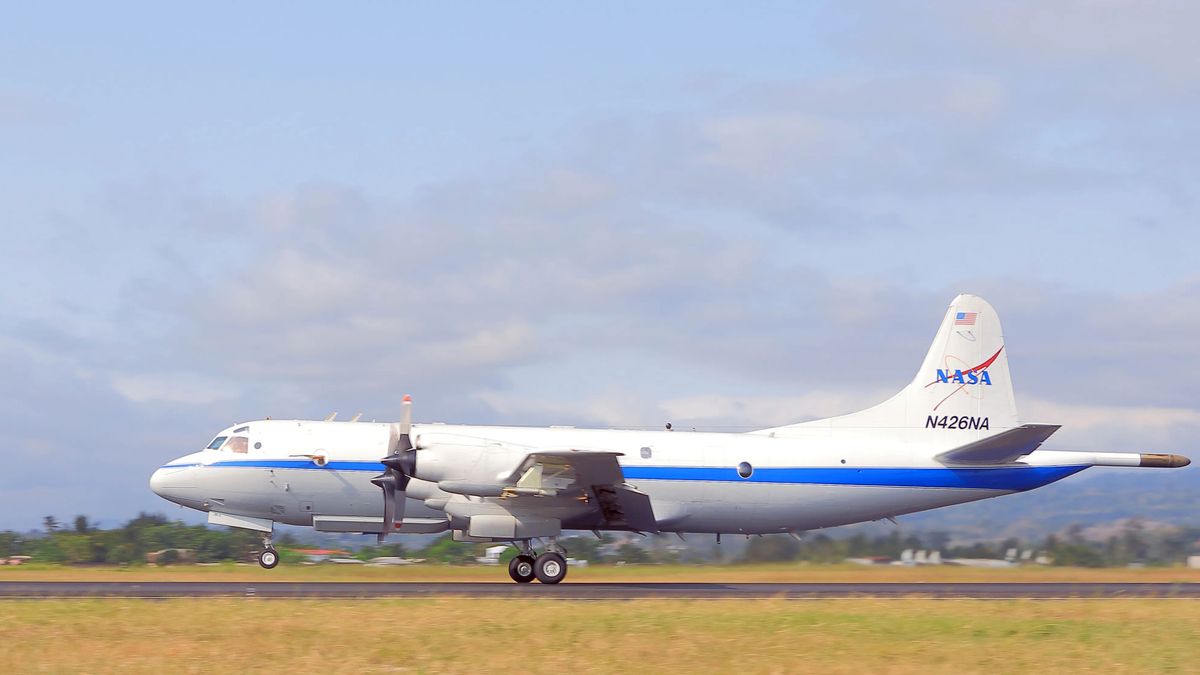


A team of four Maui High School students, under the guidance of University of Hawaii professors, has been selected to conduct an experiment in partnership with NASA. The experiment aims to measure how plastic degrades and releases greenhouse gases, particularly at higher altitudes where increased solar radiation accelerates this process. The students have been working on the experiment since November 2023 and will fly their experiment on a high-altitude balloon from NASA's Columbia Scientific Balloon Facility in New Mexico in late August or early September. The data collected will help determine the impact of climate change-related factors on the degradation of plastic and its contribution to greenhouse gas emissions. The experiment is funded through a National Science Foundation RAPID grant awarded to the University of Hawaii. [2028b260]
In a related effort, NASA is currently conducting a mission to create detailed maps of air pollution sources in the United States. The goal of this mission is to collect data that will help scientists understand and mitigate human-driven greenhouse gas emissions. NASA is flying two planes low over the US equipped with instruments to measure greenhouse gases and other air pollutants. The planes have already flown over the central-east US and will soon move to California to continue measurements. The project aims to corroborate the plane-sourced data with measurements from the TEMPO instrument on the Intelsat 40e communications satellite. The data collected from this mission will provide valuable information for policy decisions affecting air quality and climate in the region. [bd61822e]
NASA's PACE satellite is collecting real-time data about Earth's oceans and atmosphere, providing insights on climate change, water and air quality. PACE can distinguish between different kinds of microscopic phytoplankton and aerosols from an orbit 400 miles up. The satellite uses color to identify different species of phytoplankton and detect subtle differences in the ocean. The data collected by PACE is valuable for understanding the health of the planet, including harmful algal blooms, air pollution, and the impact of aerosols and phytoplankton on climate change. The information can be used by various stakeholders, including shellfish farmers, decision-makers, and the general public. The PACE mission launched in February 2024 and is the first mission to provide a continuous spectrum of color from ultraviolet to red, allowing for a comprehensive view of the entire globe every day. [ee9286d9]